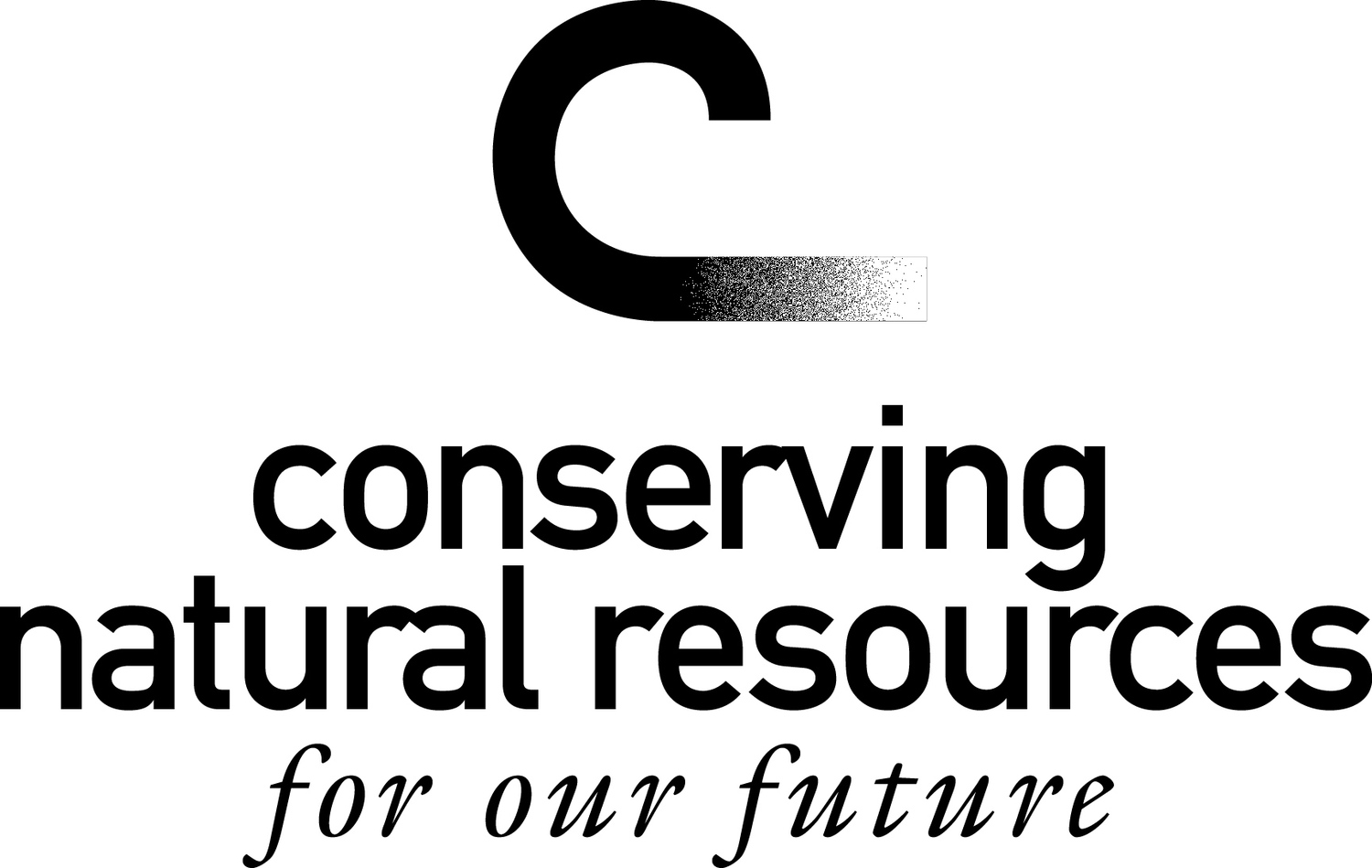The Utilization of R-1 Wastewater to Mitigate for Axis Deer Damage was a pilot project in the Hapapa Watershed designed to protect against soil erosion, reduce flood risk, restore damaged landscapes, and improve coastal water quality.
Completed in July 2025, the project was a joint effort managed by the Central Maui Soil and Water Conservation District (CMSWCD) with support from the Hawaii Department of Health, Clean Water Branch, Polluted Runoff Control Program. Project partners included Haleakala Ranch, Maui Environmental Consulting, F.A.R.E. (Feral Animal Removal Experts), and Pride Landworks.
The collaborative, 19-month project resulted in revegetation and stabilization of an 11-acre area that had been heavily damaged by feral ungulates; lowered risk of soil erosion from the project landscape; removal of more than 1,300 pounds of nitrogen and 480 pounds of phosphorous from Maui’s injection wells; and strategic management of the restored landscape using cows to reduce fuel loads and fire risk.
Baseline
June 2025
Project Background
The Central Maui Soil and Water Conservation District (CMSWCD), in collaboration with Haleakala Ranch, Maui County, and other partners, conducted a pilot project to use R-1 recycled water to combat erosion, improve water quality, and restore vegetation on degraded landscapes in Southwest Maui. Specifically, the project sought to show how we can mitigate for widespread axis deer damage by diverting R-1 water from injection wells onto 11-acres where it reestablished groundcover vegetation, helping to stabilize soil, reduce runoff, and support ecosystem recovery.
PURPOSE
The intent of this pilot project was to identify the best delivery system to place large amounts of R-1 water on leeward Haleakala to revegetate the landscape that has been denuded by axis deer. By relocating the R-1 water back onto the land and removing it from injection wells, this project shows the potential to have a significant impact on near shore water quality and coral reef health. In addition, the project promotes aquifer recharge and may benefit wetlands makai of the highway by increasing surficial aquifer elevations. Utilizing the R-1 water for forage and food growth will also improve local food security and decrease our reliance on the mainland and the carbon footprint associated with that reliance.
Goals
While a larger irrigation infrastructure project is planned, this initial proof-of-concept tested the effectiveness of using R-1 water for landscape restoration. The pilot project was designed to use up to 288,000 gallons of R-1 water daily, potentially preventing over 180 tons of sediment and thousands of pounds of nitrogen and phosphorus from polluting nearshore waters. Goals included improved coastal water quality and coral reef health, aquifer recharge, enhanced food security, and reduced carbon footprint. Best Management Practices included fencing, cover crops, and targeted irrigation to maximize ecological and agricultural benefits. As a pilot project, one of the main goals was to provide a proof-of-concept for ranches to mitigate for axis deer damage and reestablish groundcover over large swaths of land on Leeward Haleakala.
Deliverables
This project was mutually beneficial to stakeholders in both the agricultural and residential portions of the watershed, and provided ecological, agricultural, and economic gains. The Best Management Practices (BMPs) included fencing to exclude feral ungulates, irrigation infrastructure, dense vegetative cover to lock in soils and prevent erosion, and the expansion of R-1 water usage to divert it from injection wells and nearshore coastal waters.
Feral Ungulate Fencing – 2700 linear feet of six-foot deer fencing was installed
Irrigation Infrastructure – 4” and 1” HDPE Pipe, Saddles, Valves, etc.
Groundcover Vegetation
Livestock Fuel Load Management – Eight cows were placed within the project to control fuel loads
R-1 Reuse – Almost 21 million gallons of R-1 water diverted from injection wells
Irrigation
Fuel load management
Outcomes
Over the course of the project, 11-acres of denuded land were revegetated. This was done by installing 2,700 linear feet of deer fence, installing irrigation infrastructure, and placing approximately 20,692,000 gallons of R-1 on to the ground instead of having it be injected into the ground. Over 1,300 pounds of nitrogen and 480 pounds of phosphorus were removed from injection wells and coastal waters. Fuel loads were managed using livestock provided by Haleakala Ranch.
Funding
Funding for the project totaled $221,235, including $119,900 from the U.S. Environmental Protection Agency and $101,335 in matching contributions from Maui Environmental Consulting and Haleakala Ranch.
This project has been funded wholly or in part by the United States Environmental Protection Agency (“EPA”) under assistance agreement C9-96978722-0 to the Hawaiʻi State Department of Health, Clean Water Branch. The contents of this document do not necessarily reflect the views and policies of the EPA, nor does the EPA endorse trade names or recommend the use of commercial projects mentioned in this document.
For further information, please see the pilot project’s Final Report.

